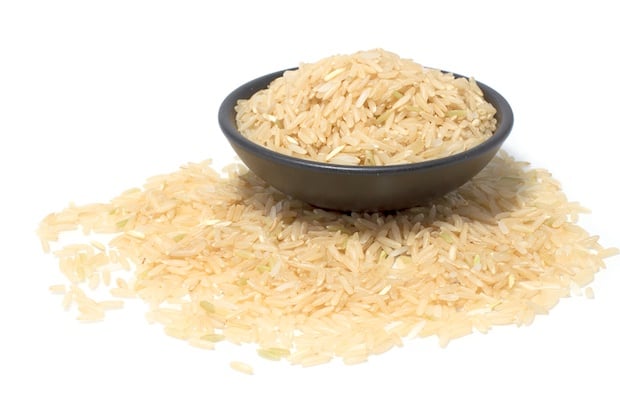Confession: If I could have rice with every meal, I would. Growing up in a Filipino household, I didn’t bat an eye when my breakfast options were sausage and eggs—with a side of rice. I also didn’t mind having a rice cooker in the kitchen, always filled with the moist grain waiting to be gobbled up at lunch and dinner, too.
Of course, these days I know better than to eat one type of food for every single meal. But I still love rice.
So imagine my displeasure after hearing about a recent report’s findings of high arsenic levels in rice, causing enough concern that the FDA decided to step in and investigate the matter, too.
This week, Consumer Reports magazine released its report to Good Morning America. After analyzing 60 samples of rice products, researchers found that eating rice once a day causes arsenic levels in humans to rise up to 44 percent. Eating rice twice a day can cause a 70 percent increase.
Even more troubling: Although brown rice is nutritionally superior to white rice, the report discovered that arsenic is mostly found on the outer layers of the grain. White rice, on the other hand, is stripped of most of those layers before consumption.
Arsenic is a chemical element found in the environment from both natural and human sources. Of the two types, organic and inorganic, the latter is the type to be concerned about—and is also the type found in rice products. Any long-term exposure to arsenic is associated with higher rates of heart disease and skin, bladder, and lung cancers.
The report caused the FDA to investigate the matter, and today it released preliminary data on arsenic levels in 200 samples of rice and rice products—plans are in place to investigate a total of 1,200 samples by the end of 2012.
It’s not the first time arsenic levels in a common food have been a concern. Recently, arsenic levels found in apple juice prompted another FDA investigation. In December 2011, the agency concluded its investigation, announcing that levels of arsenic in apple juice are relatively low and not a health concern.
Fortunately, my minor freak-out has been appeased temporarily, since the FDA doesn’t see enough concern to change current consumers’ rice-eating habits. “Our advice right now is that consumers should continue to eat a balanced diet that includes a wide variety of grains—not only for nutrition but also to minimize any potential consequences from consuming any one particular food,” said FDA commissioner Margaret A. Hamburg in a statement.
Or, as FDA deputy commissioner for foods Michael Taylor said, don’t “get ahead of the science.”



















